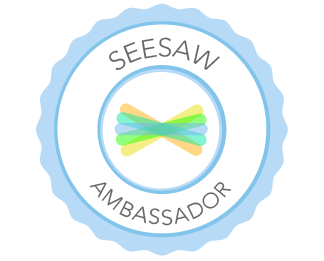Well, back to school is just around the corner. I feel like I've been preparing for fall all summer!! I bet many of you feel the same way. I've had some relaxation, but not nearly enough. My daughter's swim teacher mentioned to me that we need two summers, one for relaxing and one for getting things done. Maybe we just live in the wrong place! Southern California or Florida were seeming like really nice places to be!
Thinking of heading back to school means not only getting the classroom and lesson plans ready, but you need to get yourself ready too. New clothes and accessories are usually on that list. I was recently introduced to Kim of Trashy Crafter who makes darling bracelets from old books. There isn't a better accessory for a hip teacher than a bracelet made from her favorite book.
Kim sent my bracelet set right away in this darling packaging from an old map. It's a map of Texas, I know you wanted to know! Inside, was the set packaged as you see above. The back gave me a few directions about care for the bracelet.
I chose to get a bracelet set made from the pages of Winnie the Pooh. It's my favorite book from my childhood. A.A. Milne had his characters share the most profound thoughts about life like:
"You can't stay in your corner of the Forest waiting for others to come to you. You have to go to them sometimes."
A.A. Milne, Winnie-the-Pooh
"Piglet noticed that even though he had a Very Small Heart, it could hold a rather large amount of Gratitude."
A.A. Milne, Winnie-the-Pooh
How could you not love Pooh Bear, Piglet, Tigger, Eeyore, Rabbit, Owl, Kanga, Roo and Christopher Robin?
You can totally see Tigger and Piglet in those beads can't you!!
The beads are strung on a jewelry quality elastic, so they fit everyone perfectly. You can see how well they lay on my wrist.
Kim makes each bracelet from the pages of discarded or no longer wanted books. Of course you have to have one to coordinate with your favorite book to help share your love of reading and books with your students. There are also bracelets from sheet music, many children's classics and adult books too. There are even coordinating earrings!
Here's some great news for you! Kimberly is offering readers of this post a special discount! You can get your own bracelet set (or anything else you like in her store) for 15% off by using the code tc2014 at checkout in her Etsy shop. Hurry over and make your order now so you'll have yours ready for back to school.
Don't miss anything new from Kim. Be sure to follow her by clicking the links below:
Go get your book jewelry now!
























































